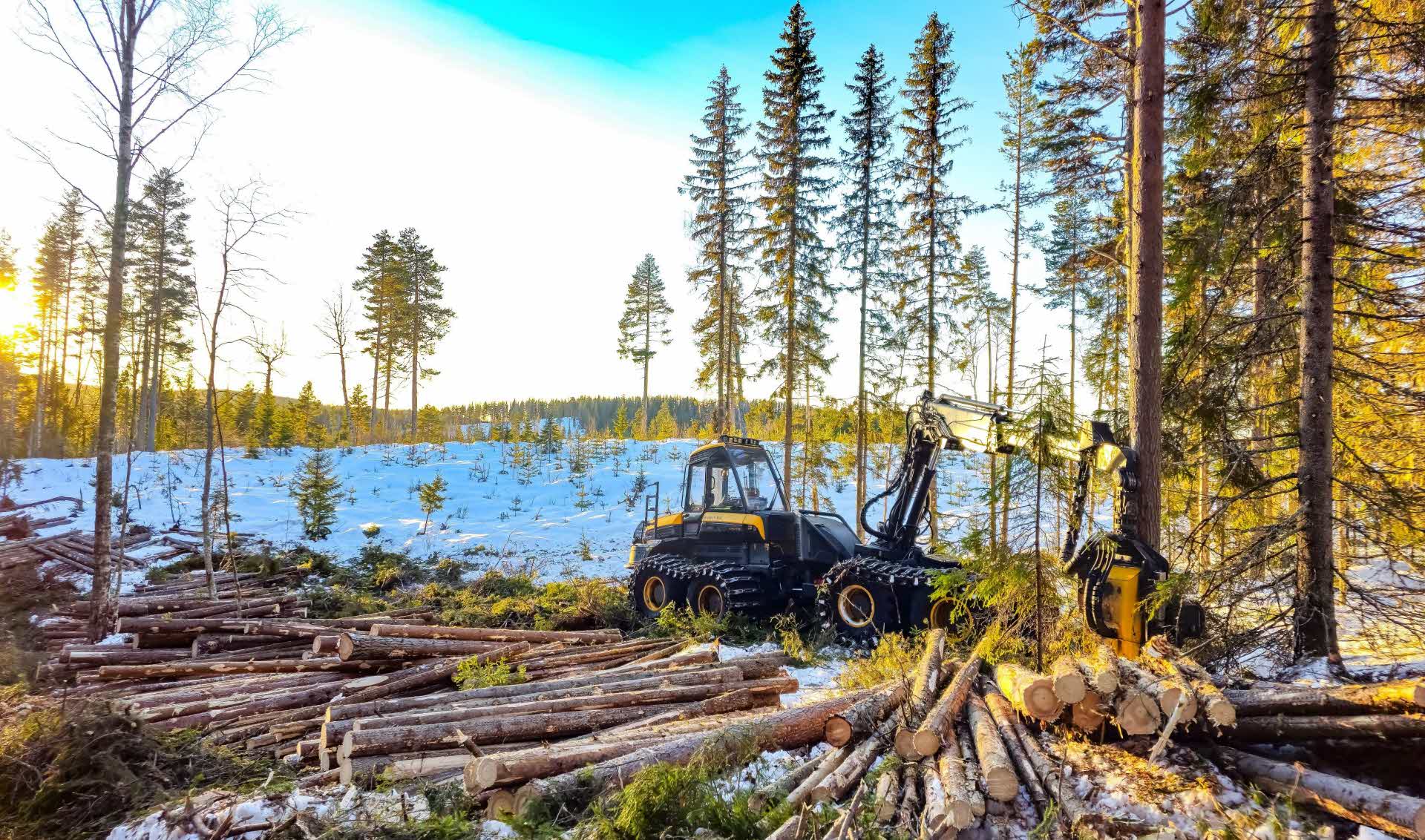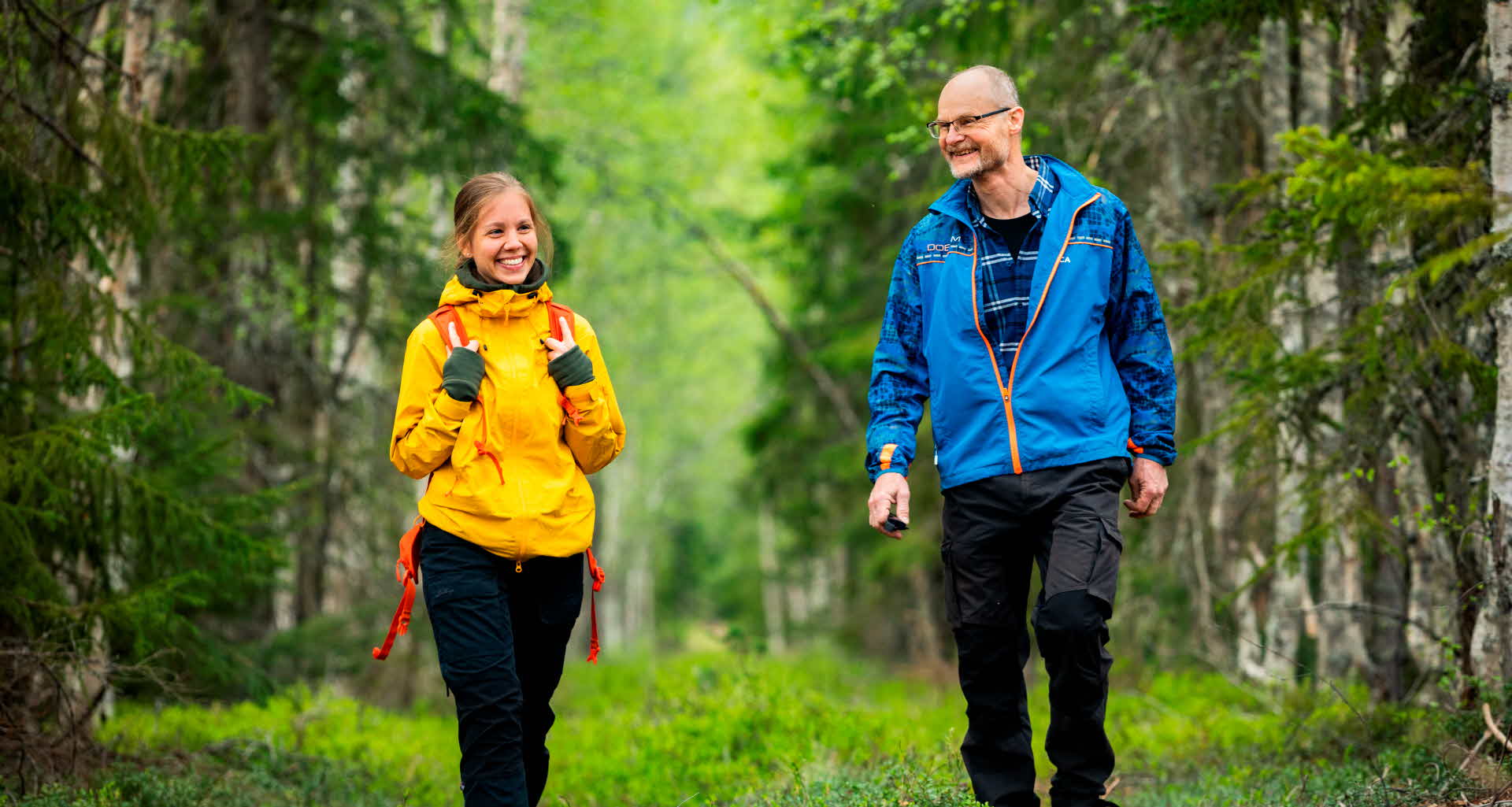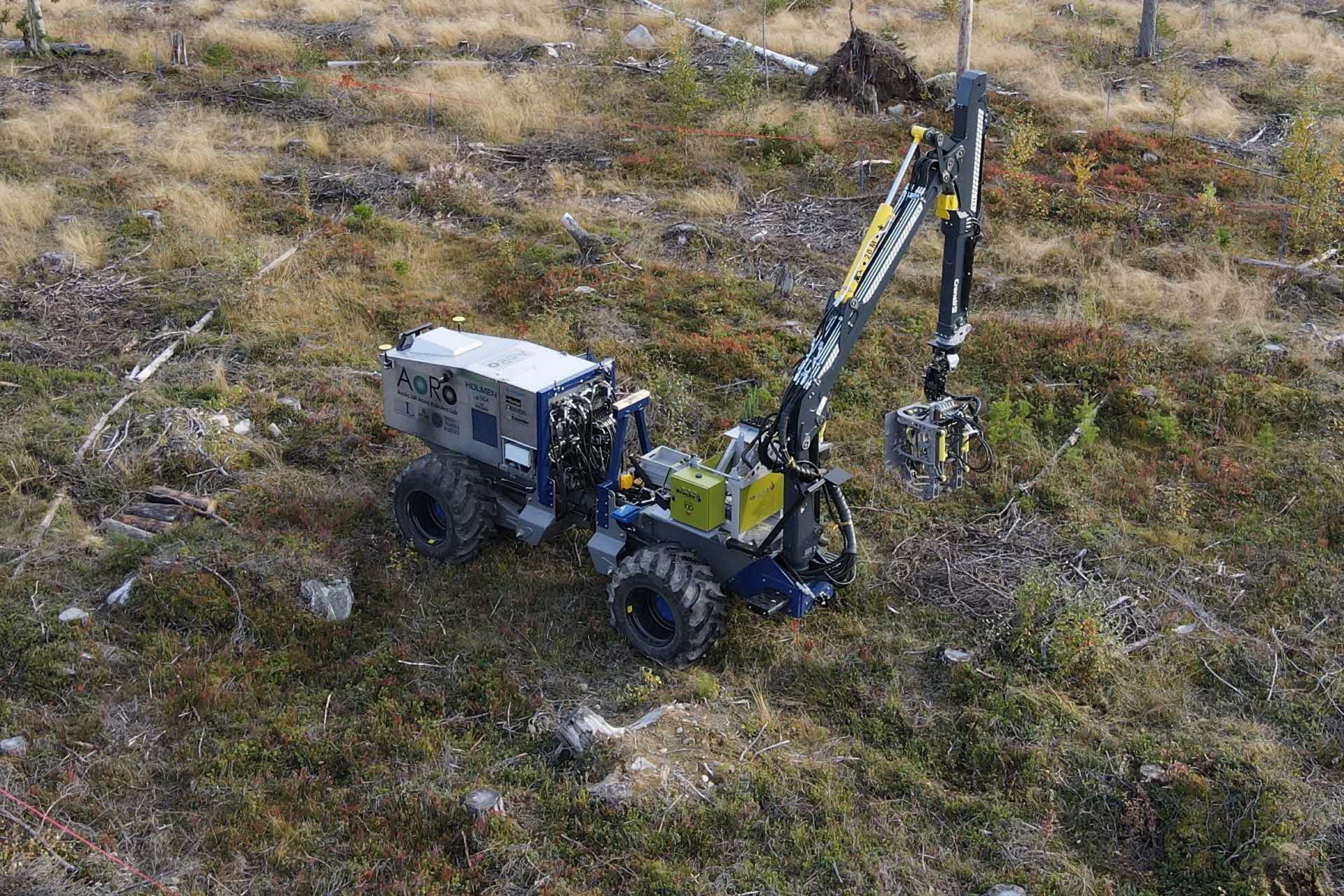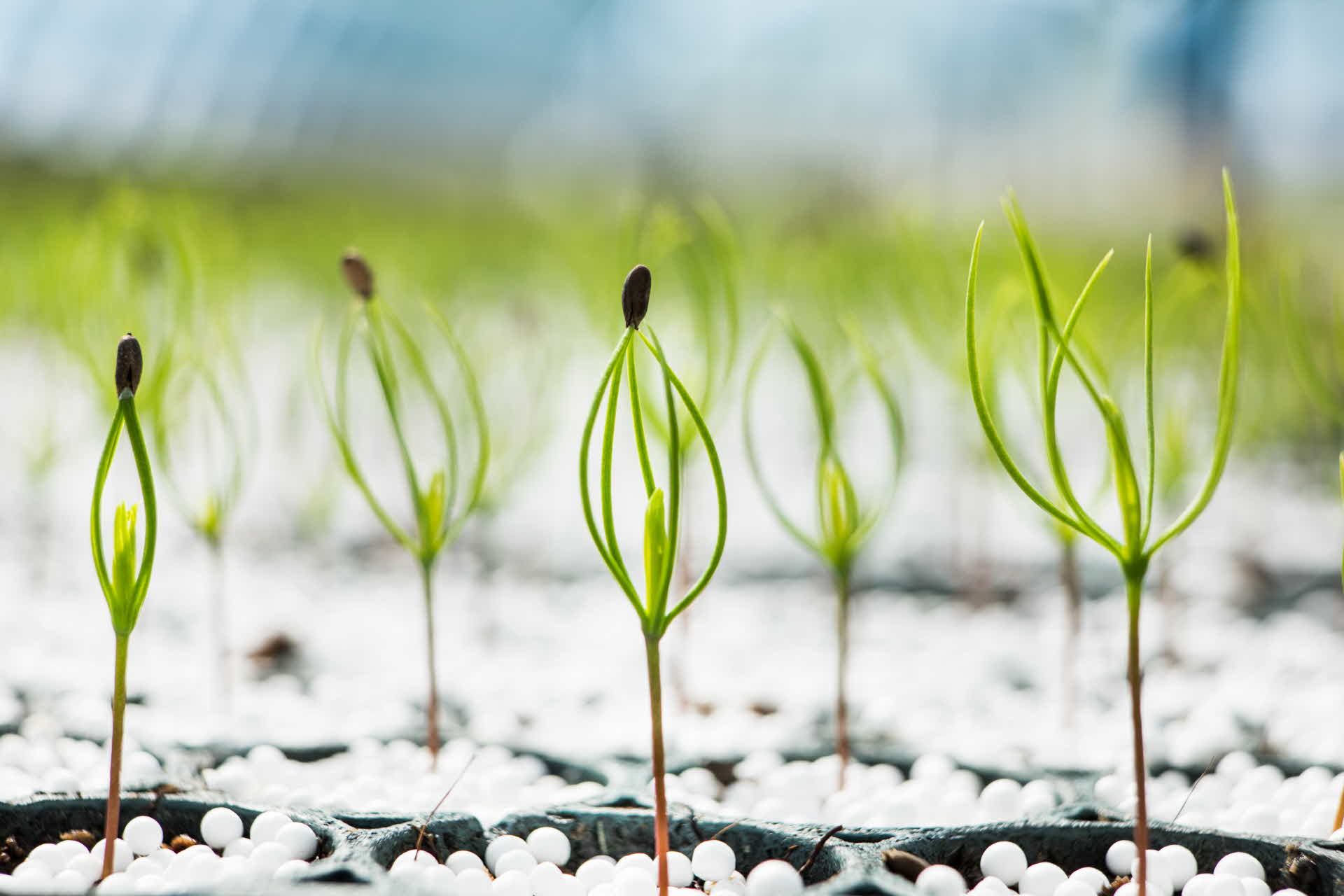
- MEDIA
- FOREST SEEDLINGS READY FOR THE CLIMATE OF THE FUTURE
Forest seedlings ready for the climate of the future
- Article
- Sustainability
Swedish forestry has been working with plant breeding for nearly 100 years. This has produced seedlings that grow significantly better and are more resistant to pests. Climate change means that breeding has become more important than ever.
“Thanks to our long-term work, we now have access to seedlings that can both handle today’s conditions and thrive in a warmer climate 40–50 years from now,” says Thomas Kraft, Head of Breeding at Skogforsk.
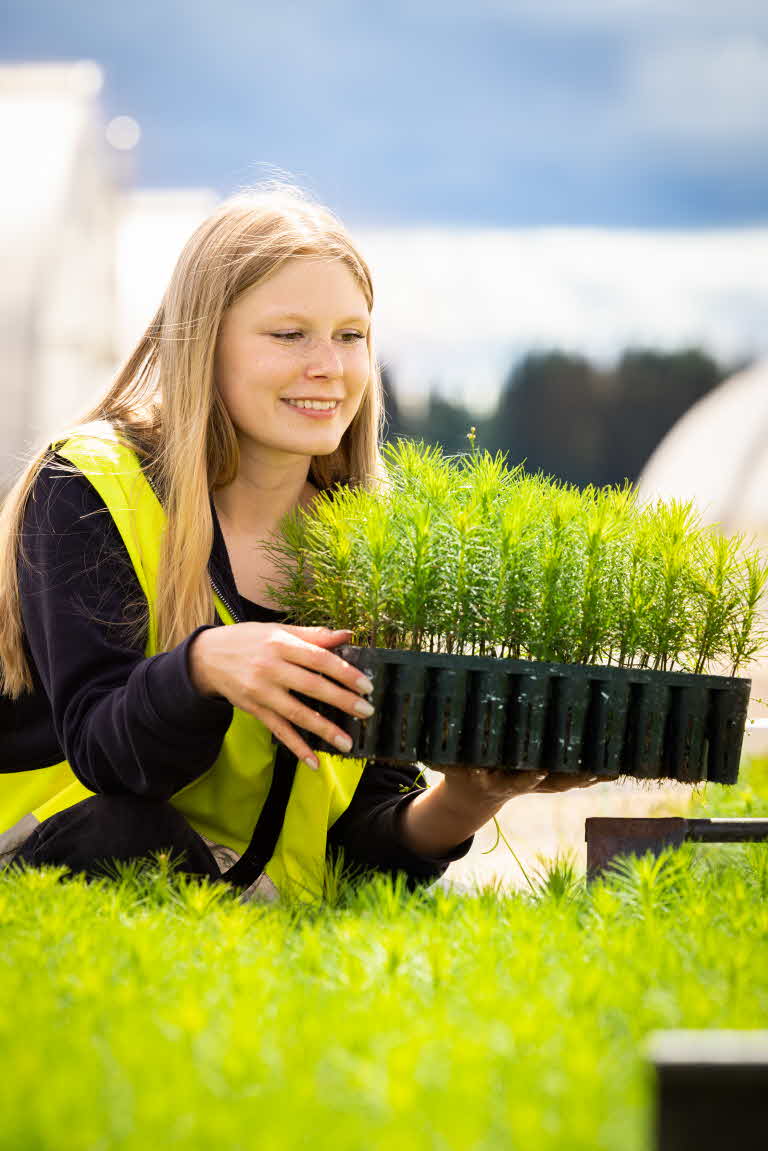
The breeding of forest seedlings is done generation after generation, in an ongoing cycle. It began with selecting the very best trees: large ones, with straight stems and fine branches. Using seeds from these trees, seedlings were raised and planted in trial areas to monitor their development.
“Field trials are incredibly important, because they show how well different offspring grow, their quality, and their resistance to diseases and pests. Thanks to the field trials, we can choose which trees should become the parents of the next generation, and the cycle continues,” explains Thomas Vestman, Head of SCA’s seedling operations, NorrPlant.
The field trials are spread across several areas with different conditions in terms of climate and other factors. Some trees do better in one environment, but worse in another.
“Others grow well everywhere, and those are primarily chosen to become what we call parent trees. These are the most robust,” says Thomas Vestman.
Adapted to a New Climate
When breeding work began, climate change was not considered, but it has gradually become an increasingly important factor.
“By the time it became clear that we were facing climate change, we had already done much of the groundwork. Our long-term efforts have given us much of the information we need, since we know how different parent trees perform in different environments and climates,” says Thomas Kraft.
Information from the field trials is combined with climate models from the Swedish Meteorological and Hydrological Institute (SMHI). The models predict a warmer climate, more frequent extreme weather, and a higher likelihood of very hot, dry summers.
“It’s crucial that the trees are adapted to these new conditions. Otherwise, they will grow poorly, become stressed, and be more vulnerable to fungi and insect attacks,” says Niklas Borgh, Breeding Specialist at NorrPlant.
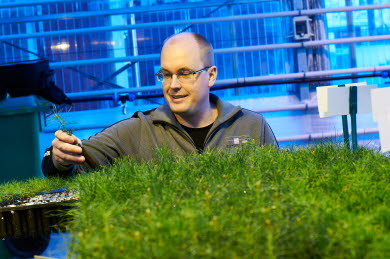
Moving North
The basic strategy is to redraw the planting map, so that seedlings previously recommended for certain regions are now planted further north. But climate scientists have no exact forecast of how the climate will develop, and the models carry significant uncertainty.
“That’s a challenge. But since we always select parent trees that perform well in several different environments, they are well equipped to handle the new climate – even if we can’t predict it exactly,” says Niklas Borgh.
Another important aspect is that seedlings grow up in one climate, but by the time they are 40–50 years old, the trees must thrive in the climate that exists then.
“That may sound problematic, but we already have seedlings that can handle it. For young seedlings, survival is the most important factor, while growth becomes crucial once the trees are older. Since these traits are governed by different genetic factors, they can be combined successfully,” says Thomas Kraft.
Resistant to Pests
A warmer climate will benefit many harmful insects and fungi. Breeding plays an important role here as well.
“If the trees are stressed, they become much more sensitive to attacks. Through breeding, we get trees that thrive in the new climate and therefore are less stressed by, for example, heat and drought. This means they will both grow better and resist pests more effectively. We are also conducting extensive research on tree resistance to different fungi, and hopefully this work will develop even further soon,” says Thomas Kraft.
Helping the Climate
At the same time as breeding must adapt to climate change, it also helps mitigate it. Since today’s seedlings grow so well – up to 25–30 percent better than unimproved forests – they absorb large additional amounts of carbon dioxide. When the trees are eventually harvested, they continue to contribute to climate benefits, as the wood is used for sustainable products that can replace fossil-based alternatives such as plastics and concrete. In this way, fossil carbon remains stored in the ground.
“The increased growth therefore provides a double benefit. The trees bind more carbon dioxide, and at the same time we gain access to more climate-smart raw material,” says Niklas Borgh.
Footnote: Skogforsk, the Swedish forestry research institute, has the main responsibility for tree breeding in Sweden. However, SCA and many other actors contribute to the work and own parts of the seed orchards.
